Plastic pollution has caught up with humans. Our dispensible plastic items are predicted to outnumber the amount of fish in the ocean within the next couple of decades. It’s a sad reflection of our society. However, people are taking notice including myself. Damage has been done but all we can do is our best in the current moment. So I enlisted the help of my good friend from the Philippines, Jammy (@darlingoftheorient). This determined champion is the founder of Plastic Free Bohol and an authority on the plastic pollution and possible solutions. I had lots of questions for Jammy and lots of others did on Instagram too. I sent them all to Jammy and these are her answers to our questions about the ways to reduce plastic pollution for travelers.
WAYS TO REDUCE PLASTIC POLLUTION FOR TRAVELERS Q&A
These answers have helped point me in the right direction to get moving on this problem and I hope they help guide you to reducing your plastic consumption and ways to reduce plastic pollution. Thanks to Jammy, Ben McCormack and Plastic Free Bohol for providing many of the photos in this article.
In this article, Jammy mentions a number of products she uses and suggests that are a good alternative to plastic consumption. I have added some of these items to the bottom of the blog post in case you are interested in switching some of your plastic products to environmentally friendly, plastic alternatives.
@maxfz22: In a country where the tap water is deemed unsafe and tourists are advised to drink bottled water, what is the best solution?
Jammy: For me, the best solution is to bring a water filter. There are portable water filters you can purchase online.
Jackson: For travelers looking at the practicality of a water-purifier bottle here is how it would go down. The water filtration of a bottle of water takes about 15 seconds. So if you need just one bottle of water for your day in the morning just fill up your bottle with tap water and the filtration system will have you ready to go in 15 seconds. The filtration system lasts about 150L and then you need to buy a new filter but can keep the same bottle.
If like me you go on big adventures and need 3L of water. you could filter the water and add it to other bottles in the morning or to your water bladder. As long as you have the water-purifier bottle with you, it is possible to produce drinkable water.
After looking online at all of the options there seem to be one stand-out option when considering performance and price.
The LifeDefender water purifier bottle has a coconut activated carbon filter and is capable of removing 99.999 percent of common bacterias, chlorine, and other organic contaminants. It is very durable and is also a BPA-free water bottle, which means it will last. It is available for only $35 if you Click Here and shop on Amazon. The great part is that for every bottle sold, $1 will be donated to Water.Org
@grace.peace.love.aloha Is burning trash better for the environment than throwing it away? If so why? (Assuming limited or no infrastructure for recycling and waste disposal lets say such as the slums of India and can answer also for let us say Siargao Island with the trash pile in the middle)
Jammy: No, burning plastic trash is not advisable.
Plastic is made of toxic chemicals, some of the most damaging toxins in the planet, that are harmful to human health (can even cause cancer). When burned, plastic release these chemicals into the air and could cause respiratory illness like asthma and emphysema. It can also increase the risk of heart disease and damages the nervous system, kidney and liver. In the Philippines, burning of plastic is illegal.
@k8t__ How can I recycle plastic in a location that doesn’t have a recycling compartment in the trash or a recycling center/system in place?
Jammy: There are low-to-no-cost recycling projects like the “eco-bricks”, but I don’t promote this because there is no long-term study of the effect of these “eco-bricks” yet. The goal is to reduce the plastic production and consumption and making eco-bricks will only give an excuse to consumers to use more plastics because they can “recycle” them anyway. Please know that only 9% of all the plastic produced is recycled, the rest is pollution, therefore, recycling is not the answer. Better to refuse, reduce, and reuse.
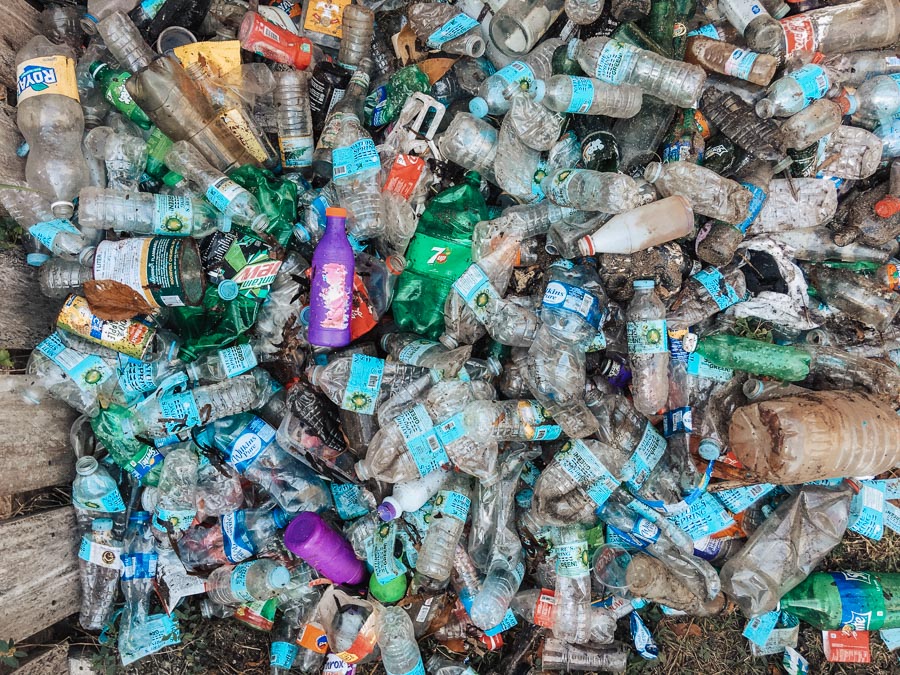
@j_f_u_s_s What is the best type/brand of plastic bottle to choose when picking one that can be re-used over and over?
Jammy: I don’t encourage people to use reusable plastic bottles. Remember, plastic is made of chemicals like Bisphenol A or BPA that are found in plastic bottles and other plastic containers. There is some research showing that BPA can seep into food or beverages from containers that are made with BPA. This chemical is an endocrine disruptor and is also linked to heart disease.
There are reusable insulated bottles. I’m using a Klean Kanteen water bottle for almost 4 years now and I love it.
You can Click Here to check out the prices and availability of the Klean Kanteen water bottle.
@trace_travels Is there a way to fill up our water bottles with clean water while traveling?
Jammy: Look for water dispensers or ask some water from restaurants/cafes (I do this). If in areas where there is no access to clean and safe drinking water, I suggest you invest in a portable water filter.
Jackson: The LifeDefender filter water bottle has a coconut activated carbon filter and is capable of removing 99.999 percent of common bacterias, chlorine, and other organic contaminants. It is very durable and is also a BPA-free water bottle, which means it will last. It is available for only $35 if you Click Here and shop on Amazon. The great part is that for every bottle sold, $1 will be donated to Water.Org
@diandra271 How can you reduce your plastic consumption while traveling?
Jammy: Invest in reusables. Here are some of the things I bring when I travel.
- Reusable bag(s)
- Reusable water bottle and cups (I bring extra for a friend)
- Reusable straws and cutlery (I bring extra straws for friends. But you don’t actually need a straw. Drink straight from the glass. And if you order a drink, say “No straw, please!”
- Beeswax food wraps (food containers take so much space in my backpack so I use the food wraps instead)
- Homemade deodorant and toothpaste
- Bamboo toothbrush
- Shampoo bar that is also my body soap (I don’t wash my hair every day)
- Safety reusable razor
- Menstrual cup (and period panties for light days)
- Stainless steel ear pick
@laia_arque If we start making changes now do you think we can improve the environment. (Is the damage to far gone/companies are doing too much damage for individuals to repair)
Jammy: Yes, I believe it’s not too late yet but we must start acting now. The good news is, more people have jumped into the “plastic free” or “zero waste lifestyle” bandwagon, and thousands of organizations/groups have been actively campaigning against plastic and are cleaning around the world. Government leaders and businesses have also started taking actions. There is hope for our planet.
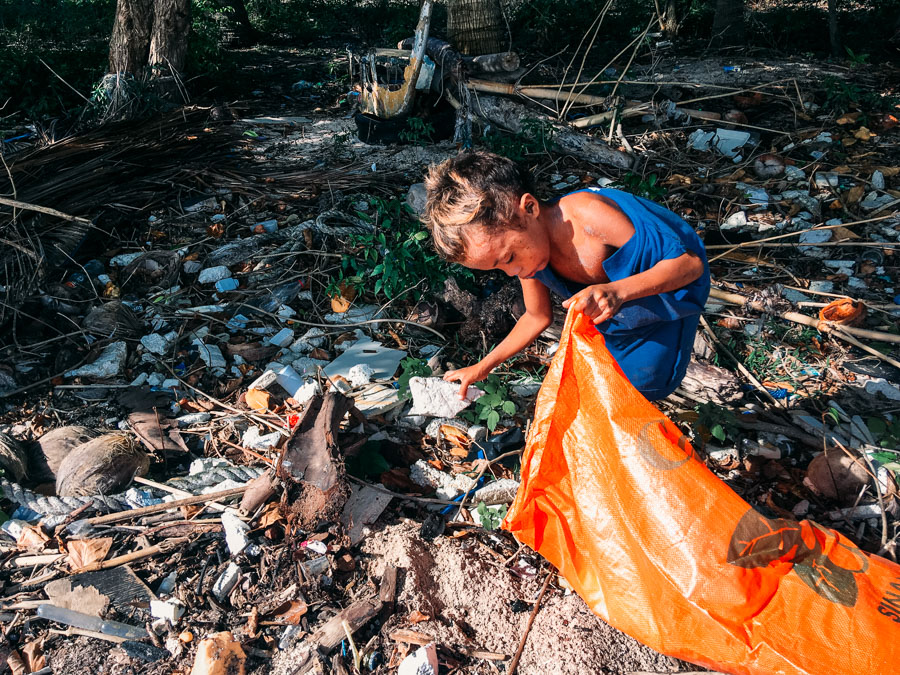
@iamkentwander13 How did you start Plastic Free Bohol?
Jammy: After quitting my corporate job 5 years ago, I started traveling and noticed that in every place I went to, there were lots of plastic trash, even in the most remote communities I’ve been to. And then I saw this video of a turtle with a plastic straw removed from its nostril and it was heartbreaking to see. I did some research and decided to be part of the solution instead of being part of the problem. I quit single-use plastics and continued traveling. When I got back to Bohol to start my business, I saw how bad our problem with plastic/solid waste management. Out of frustration, I created social media pages where I can raise awareness about plastic pollution in Bohol. It was a personal campaign, but now Plastic Free Bohol is already a growing movement/community.
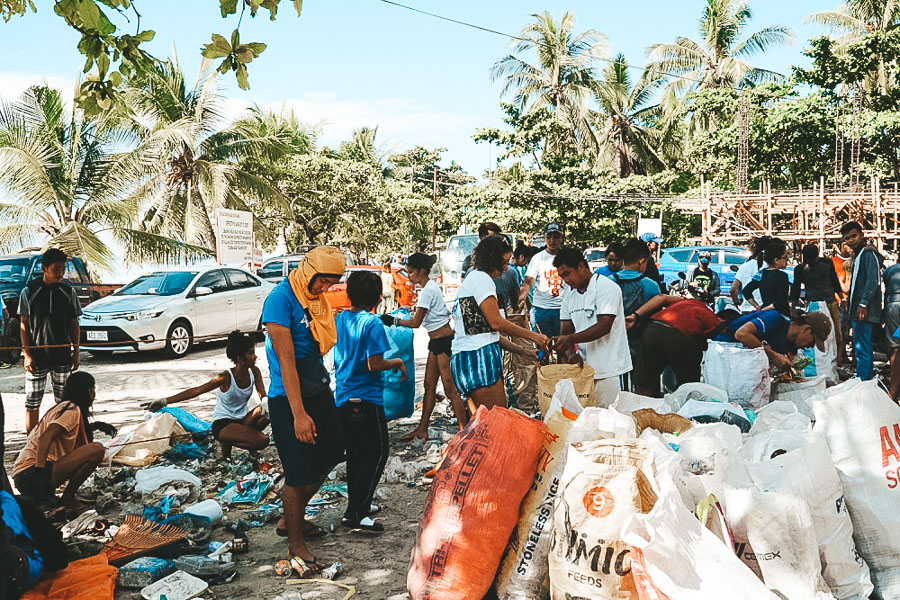
@emcampbellat How can I make sure that when I recycle something it’s not just shipped overseas to China?
Jammy: China doesn’t accept trash from other countries now.
@teamkmart12 What is the best way to educate people about the problem?
Jammy: Since most of the people have smartphones and have access to the internet now, social media is a good way to educate people about this problem. This is how I began. I wanted to reach out to more people though especially those who do not have access to information/internet, so I started organizing coastal cleanups to get our community involved. Sometimes, you just really have to go out there and talk to people personally.
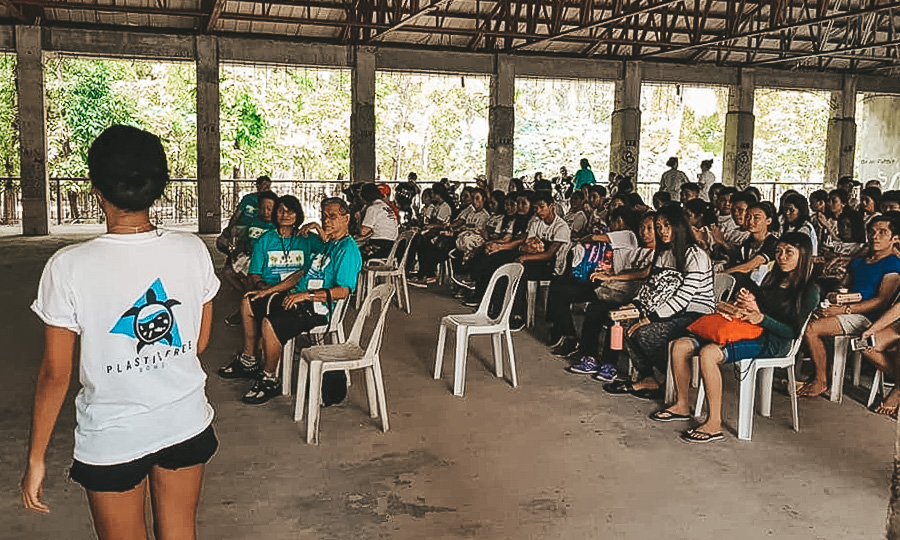
@destinationchaser When plastic wrappers say they are recyclable, is it really less harmful to the environment?
Jammy: Only 9% of all the plastics produced worldwide are recycled. The rest end up either in the landfill or polluting our environment. “Recyclable” plastics are not better. There is no guarantee that they will be recycled especially if you live in an area where there is no recycling facility.
But if in case you refer to “biodegradable” or “compostable” plastics, the good news is they are made from plants and not petroleum. The bad news is, a large facility with the right temperature is needed in order for them to fully biodegrade.
@dogtor_diaries How can I reduce the number of plastics I use with things like shampoo, shower gel, and toiletries.
Jammy: There are shampoo and conditioner bars. And instead of shower gel, use a soap bar instead. For toiletries, you can make your own. You can find recipes online.
@annyshirokova How can I use less plastic when almost everything at the grocery store is wrapped in plastic?
– It’s true, plastic is unavoidable especially in the grocery stores.
Jammy: check out your area first if there is a bulk, refill or zero waste store. If none, buy in bulk instead of buying in small amounts, or choose products that are packed in reusable containers. For fresh produce, I advise you buy at the farmer’s market instead of buying them in supermarkets where they are wrapped in plastic and styrofoam.
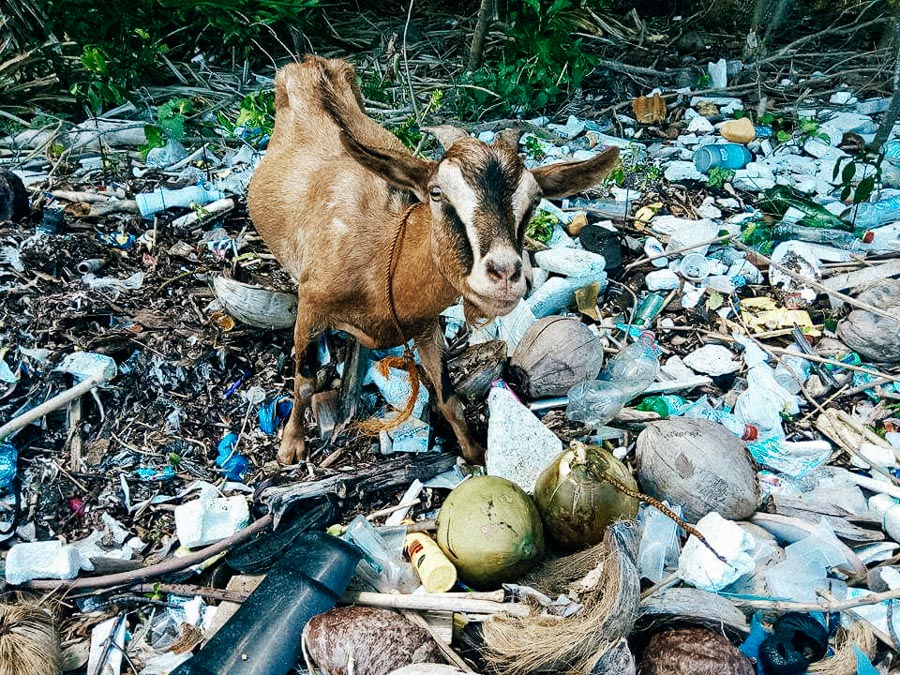
@ga__portillo What are your thoughts about plastic rain boots. Is that okay because it is not single-use?
Jammy: It’s better to choose rain boots made of natural rubber instead of those made of PVC. PVC was considered a toxic substance and it is not recyclable.
@alvindichoso I love you Jam. Thank you for saving Mother Earth!
Jammy: Thank you!
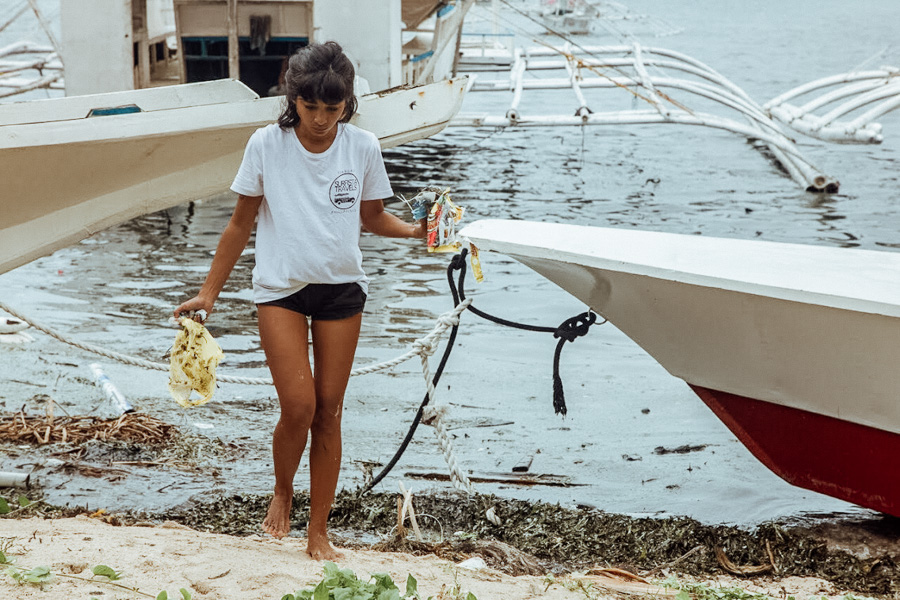
I had some questions of my own for Jammy, which she has answered below.
Jackson: What are your thoughts on the LifeStraw. It can be used for 50-60 times, which, in a place like Philippines or India, means 60 less plastic bottles used by a tourist. That seems to be a good thing but is there a downside to using a life straw. What happens to the LifeStraw after it’s 50-use lifespan?
Jammy: If you are referring to the Lifestraw water filter, I’ve read that their filter can achieve a 1000 gallon lifespan. So I think you can use it more than 60 times?! Not sure. Sorry, I am not too familiar with this product.
Jackson: Do you have any tips for people who are going on overnight or multiple night camping trips. Obviously plastic preserves food well and that is why it is chosen. What can we do to pack our food considering a traveler probably d doesn’t carry tupperware or reusable containers?
Jammy: Consider using beeswax food wraps. It’s an alternative to cling wraps and ziplock bags. It’s washable and reusable. You can also use Stasher Bags, which are made from silicon not plastic.
Jackson: On an overnight camping trip like Mt. Rinjani in Indonesia, there is toilet paper and poop everywhere. Firstly, the rule of thumb is to pack out your toilet paper, which is a little gross to carry around for multiple days. However, inside a plastic bag, it doesn’t smell. What is your suggestion for dealing with toilet paper and toilet etiquette while camping when considering plastic consumption and pollution?
Carrying your feces around is gross. But what I learned back in the days when I was still a girl scout that I still do when I go camping is to dig, do your business, then cover.
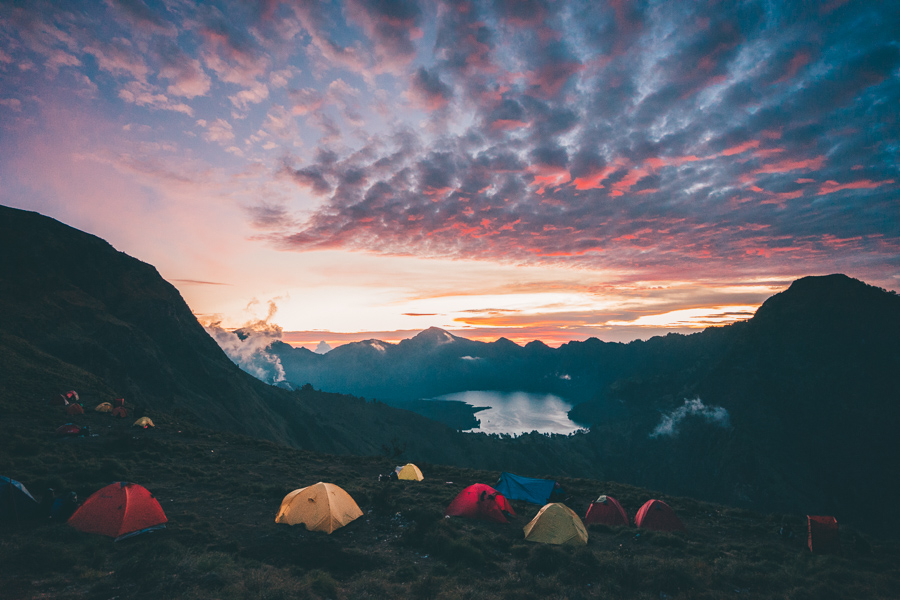
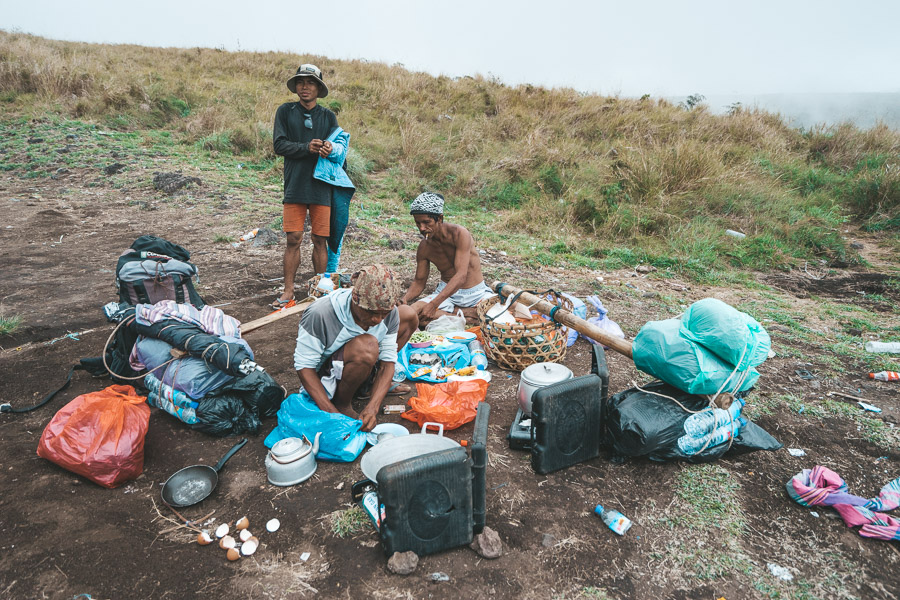
Jackson: Obviously saying no to so many foods that come in plastic is a good start but sometimes it can feel impossible. Things like cereal, butter, bread and even vegetables and fruit sometimes come in plastic. It seems impossible to boycott all plastic while on the road and especially in developing countries. What do you suggest to travelers to decrease their consumption in these types of places?
Jammy: Bring your own reusable bag, buy in bulk instead of buying products in sachets, and choose products that are not wrapped in plastic and styrofoam. For bread, don’t buy those that are already packed in plastic. And one trick I can share when buying bread if you have no produce bag and a paper bag is not available, you can use a clean hanky or bandana if you’re not buying too much. You’re welcome!
Jackson: Obviously the straw has been the subject of much fanfare in the plastic pollution world and is slowly being eliminated as is the plastic shopping bag like you have seen in Bohol after successful campaigning. What do you think are the top 5 plastic items we can all cut out of our lives. We’ve cut out the straw, the plastic shopping bag.. what are the next 5 we can all cut out right now?
Jammy: you can start eliminating the single-use or disposable plastics like plastic bags, straws, bottles, cups, cutlery (and styrofoam). Single-use plastics are used for a maximum of 12 minutes then tossed and become trash for hundreds of years.
Jackson: What three popular companies are doing a visibly terrible job at reducing plastic pollution that we should maybe avoid?
Jammy: I’m not sure with other countries but these are the corporations that contribute to plastic pollution in the Philippines based on the brand audit done by Global Alliance for Incinerator Alternatives (GAIA) and Mother Earth Foundation (MEF).
- Unilever
- Procter & Gamble
- Nestlé
- (and Coca Cola)
Jackson: I do a lot of running and sports. I love Gatorade. It only comes in a plastic, single-use bottle. This isn’t my fault it is how the company serves it to us. Is my only option to stop drinking Gatorade?
Jammy: Stop drinking Gatorade, Jackson! Haha. It has sugar and calorie content. Drink more water, and coconut water (the best) instead.
Jackson: A lot of people think reducing their plastic consumption is a good idea but they are too busy to get started on being an eco-warrior. What advice do you have for these people?
Jammy: We need to start somewhere. Practice conscious consumerism.
I thank Jammy for her time and expertise on this topic and encourage you to reach out to her at (@darlingoftheorient) on Instagram or on Facebook at Plastic Free Bohol if you have any more questions about plastic pollution or her story.
These are some of the products that will help you reduce your plastic consumption and subsequently ways to reduce plastic pollution. There are many different brands available. These are generally among the most popular and received the best reviews.
Life Defender Water Purifier Bottle: The LifeDefender filter water bottle has a coconut activated carbon filter and is capable of removing 99.999 percent of common bacterias, chlorine, and other organic contaminants. It is very durable and is also a BPA-free water bottle, which means it will last. That means fewer water bottles in the world and using a reusable water bottle is one of the best ways to reduce plastic pollution.
WowE Bamboo Toothbrush: The WowE Bamboo Toothbrush means you are reducing your plastic consumption. A pack of four toothbrushes will last one person a full year and is virtually the same price as plastic so it isn’t much of a decision. Buy a pack of 4 toothbrushes for each person in your household for only $10.
Click Here to check prices and availability for a pack of four bamboo toothbrushes
Bamboo Straw: Instead of using a plastic straw for two seconds and throwing it away, why don’t you use a bamboo straw and wash it and use it again like we do with plates, knives, and forks!
Click Here to buy a pack of bamboo straws.
Bees Wrap Assorted 3 pack, Eco-Friendly Reusable Food wraps: A handy alternative to zip-lock bags and plastic bags for storing food on trips. You can wrap up fruits, cheeses, and almost any food. Then you just wash the wraps and use again. It’s one of the best ways to reduce plastic pollution and consumption in the kitchen.
Click Here to check prices and availability of Bees Wraps.

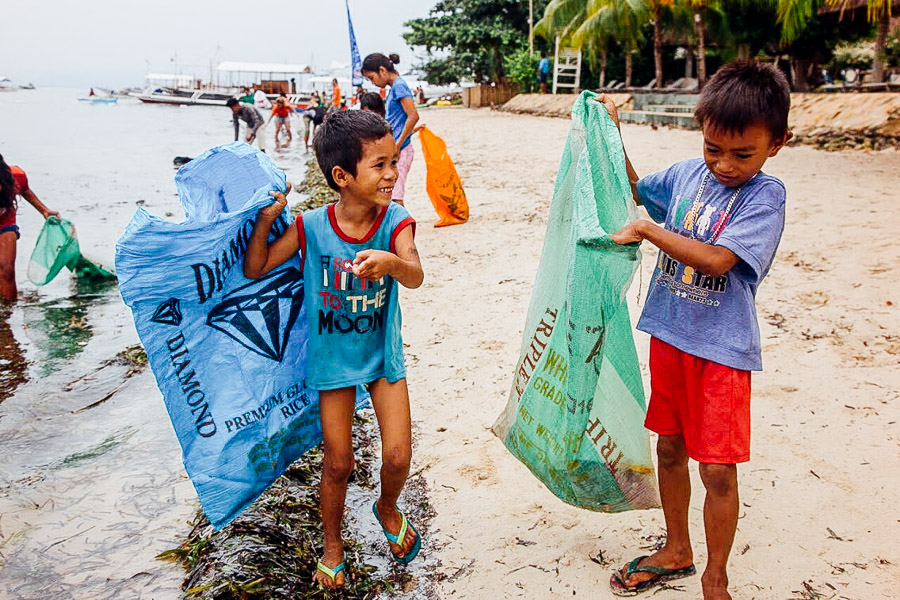
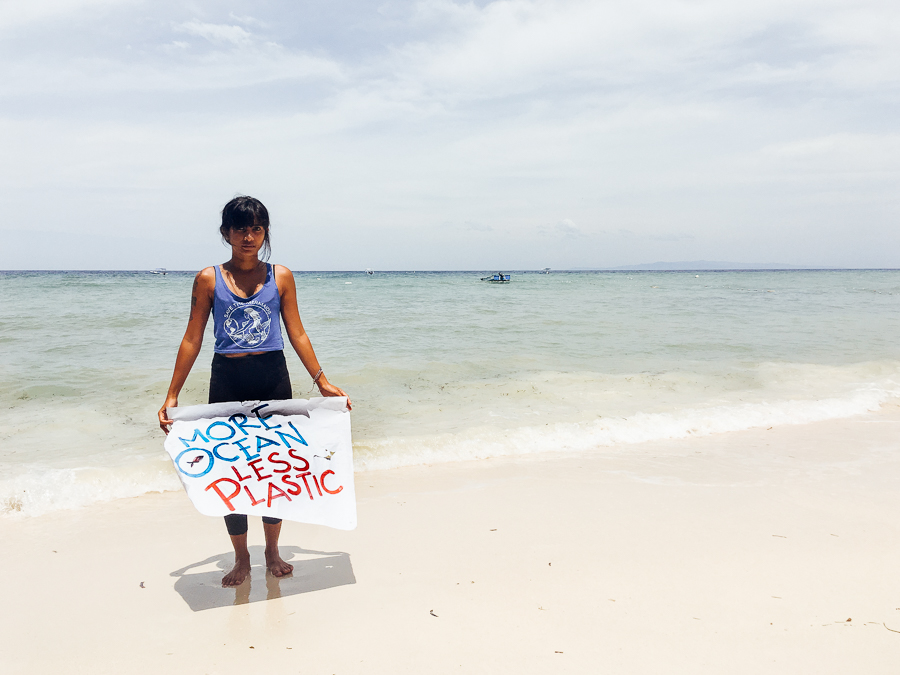


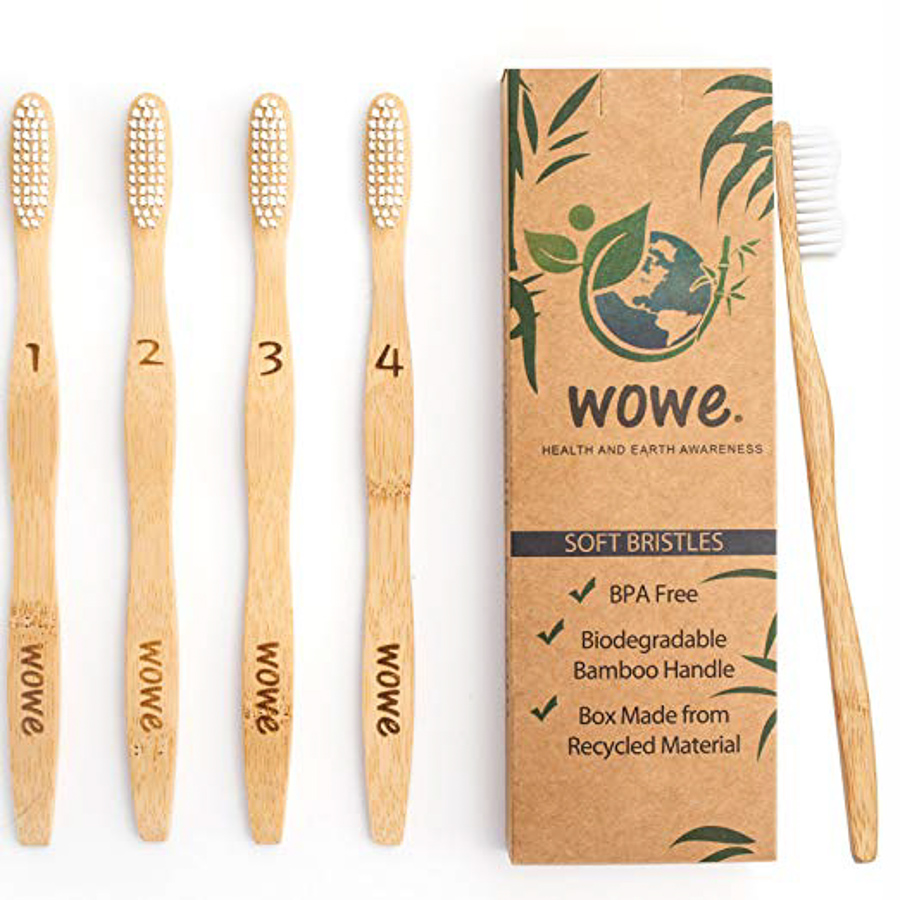
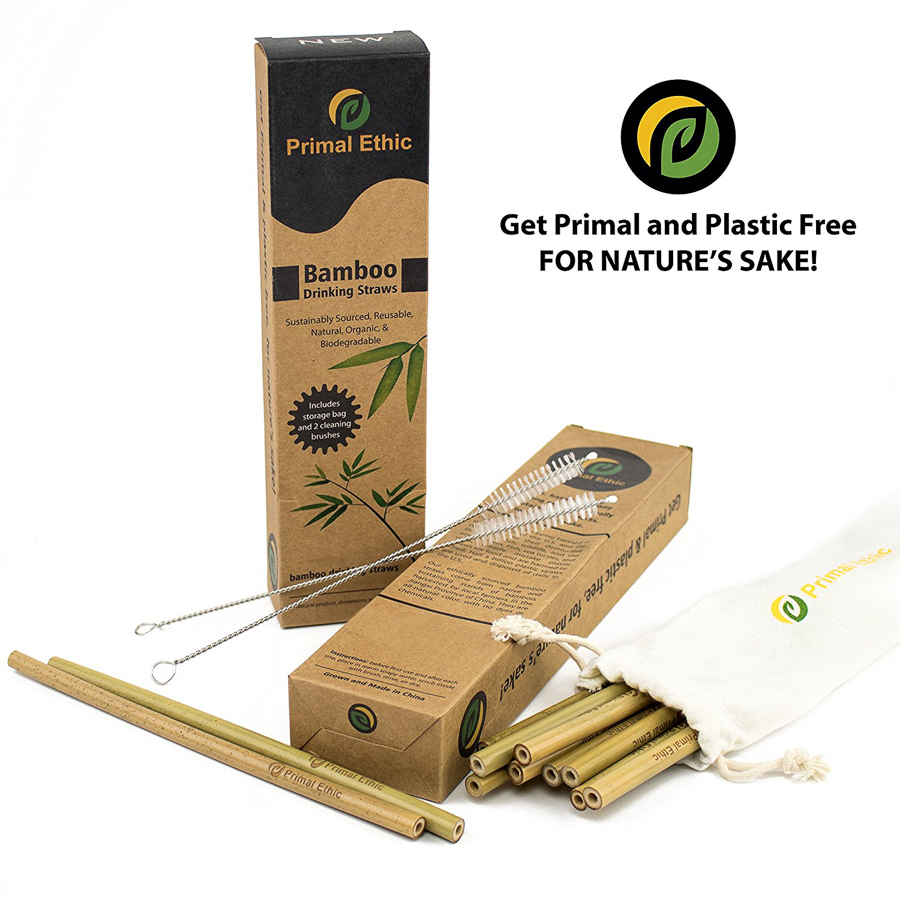
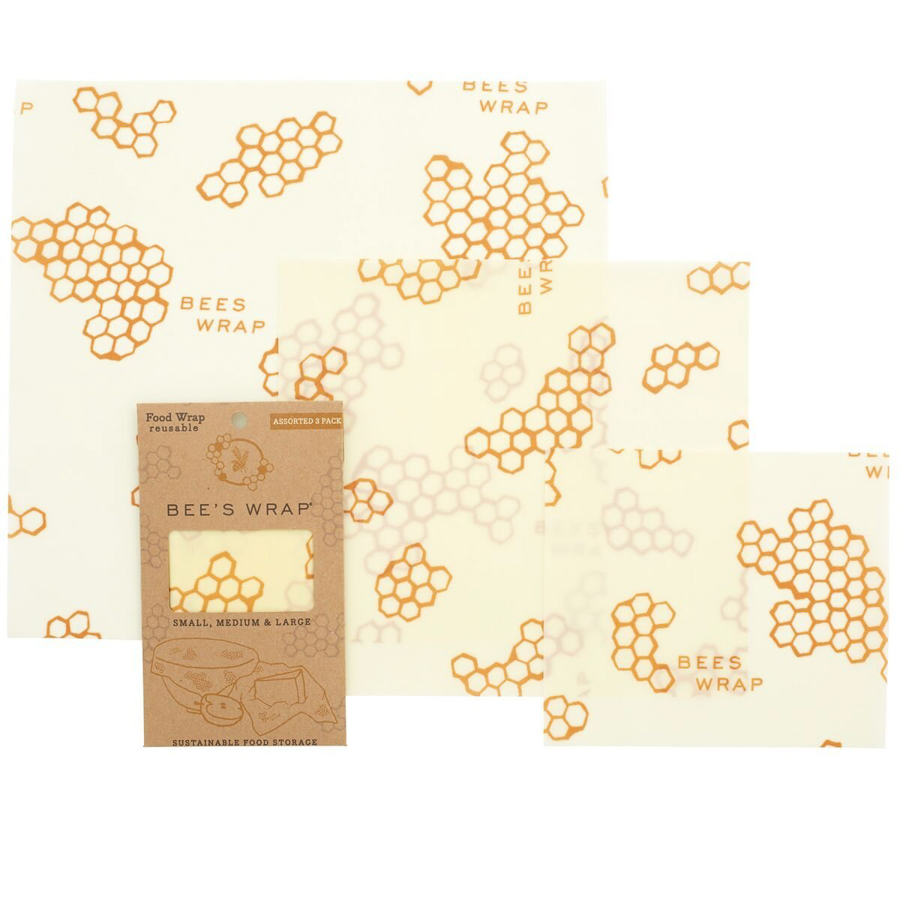
Tenzin Norbu
Tuesday 6th of April 2021
Thank you for such a great FAQ regarding how to reduce plastic pollution for travellers. In a cold region like Tibet, we recommend people to bring/buy a Thermos cup. Here you can refill the hot or warm water at a hotel, restaurant, police checkpoint and so on. I hope this will help for anyone who plan to visit Tibet in future. Thanks!
Pierre & Connie
Sunday 23rd of September 2018
Thank you for this very interesting Q&A with Jammy. We all know we should do something to preserve environment, but as you said sometime we are just not taking décisions or acting. Plastic and pollution are everywhere and fighting against it has to be part of our everyday life, starting by small changings. Travelling in Asia has opened our eyes even more on that issue and this post is sharing great ideas and motivation.